-

+86-577-57156888
-

-

+86-577-57155869
-

11th Floor, Building 6, Headquarters Economic Park, Yueqing, Zhejiang, China
Revolutionizing Circuit Protection: The Digital Molded Case Circuit Breaker Enhances Safety and Efficiency in Industrial Applications
Industry News-In the fast-paced world of industrial electrical systems, ensuring the safe and efficient operation of circuits is paramount. The Digital Molded Case Circuit Breaker (MCCB) is stepping up as a solution for protecting electrical systems in a wide range of industries. Designed to offer advanced protection and monitoring capabilities, the Digital MCCB is now becoming a staple in systems requiring reliable circuit protection, such as in manufacturing plants, commercial buildings, and large-scale industrial operations.
Precision Protection for Critical Systems
The Digital Molded Case Circuit Breaker is engineered to provide robust protection for circuits within three-phase, four-wire systems powered by auxiliary sources. With a rated insulation voltage of 800V and the capability to manage circuits operating at a rated working voltage of 400V, this breaker is designed to function reliably in demanding environments. The breaker’s current range of 100A to 1250A covers a wide variety of applications, from smaller residential systems to larger industrial operations, ensuring that both small and large-scale electrical infrastructures are adequately protected.
Industrial electrical systems can face a number of electrical faults, including overloads, short circuits, undervoltage, and phase loss. These faults can lead to significant downtime, costly repairs, and even fire hazards if not properly managed. The Digital Molded Case Circuit Breaker offers multiple protection functions to guard against these dangers, including overvoltage protection, undervoltage protection, overload protection, short-circuit protection, phase loss protection, and overheating protection.
This wide array of protective features ensures that electrical circuits and devices are well-guarded against a variety of potential faults. The result is an increase in system reliability, a reduction in downtime, and enhanced safety for both equipment and personnel.
Optimized for Non-Frequent Switching Applications
While the Digital Molded Case Circuit Breaker is not intended for circuits requiring frequent switching or motor startups, it excels in applications where circuits are primarily designed for continuous operation. This makes the breaker an ideal choice for systems used in steady-state industrial environments, where circuits are typically used without the need for frequent interruptions.

In these types of systems, maintaining the integrity of the electrical supply is crucial to prevent unexpected failures that could result in costly downtime or safety risks. The Digital Molded Case Circuit Breaker provides stable protection throughout the system’s life cycle, even in environments where high levels of power are regularly consumed.
Enhanced Digital Features for Smart Monitoring
One of the key innovations of the Digital Molded Case Circuit Breaker is its integration of digital technology for enhanced monitoring and control. The digital capabilities provide operators with real-time access to system data, allowing for more accurate monitoring and the ability to make informed decisions regarding system performance. This feature is particularly valuable for industries where uptime is critical and where maintenance and operational optimization are ongoing priorities.
By monitoring critical parameters such as voltage, current, and system health, operators can detect issues before they become major problems. For example, early detection of overloads or overheating conditions allows for preventative measures to be taken, reducing the likelihood of failures and extending the life of the equipment. This predictive capability offers significant cost savings in terms of both maintenance and energy efficiency, as well as minimizing the need for reactive repairs that can be expensive and disruptive.
Furthermore, the digital nature of the breaker allows for remote monitoring and integration with existing building management or industrial control systems. This enhances the ability to manage large, complex electrical networks from a centralized location, giving operators the flexibility to monitor performance, assess trends, and address any issues in real time. The ability to adjust settings remotely also provides greater control over system performance, ensuring that any adjustments needed can be made without the need for manual intervention at the physical site.
 English
English 中文简体
中文简体 عربى
عربى
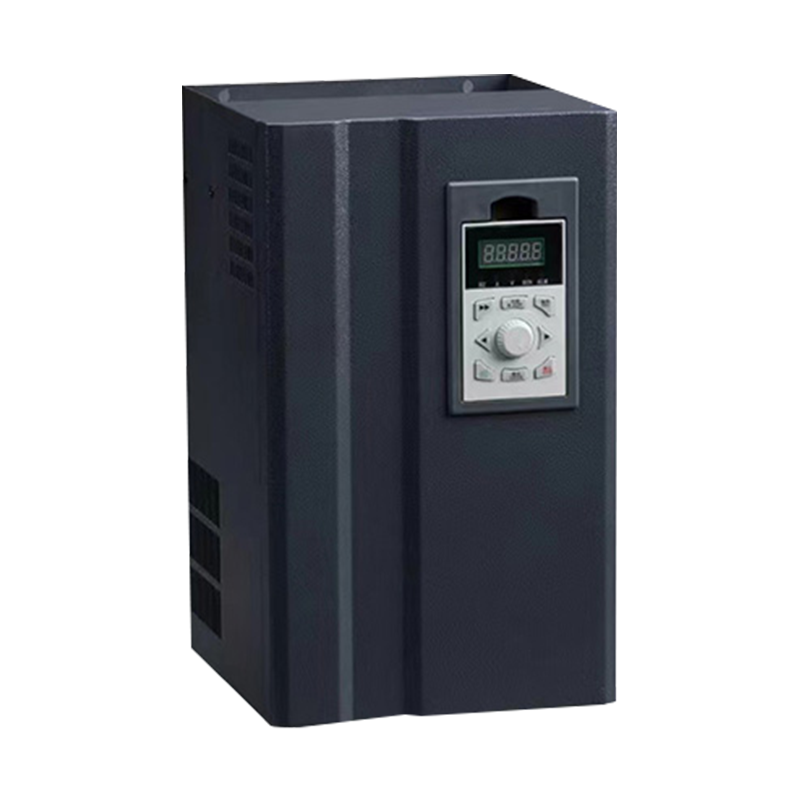
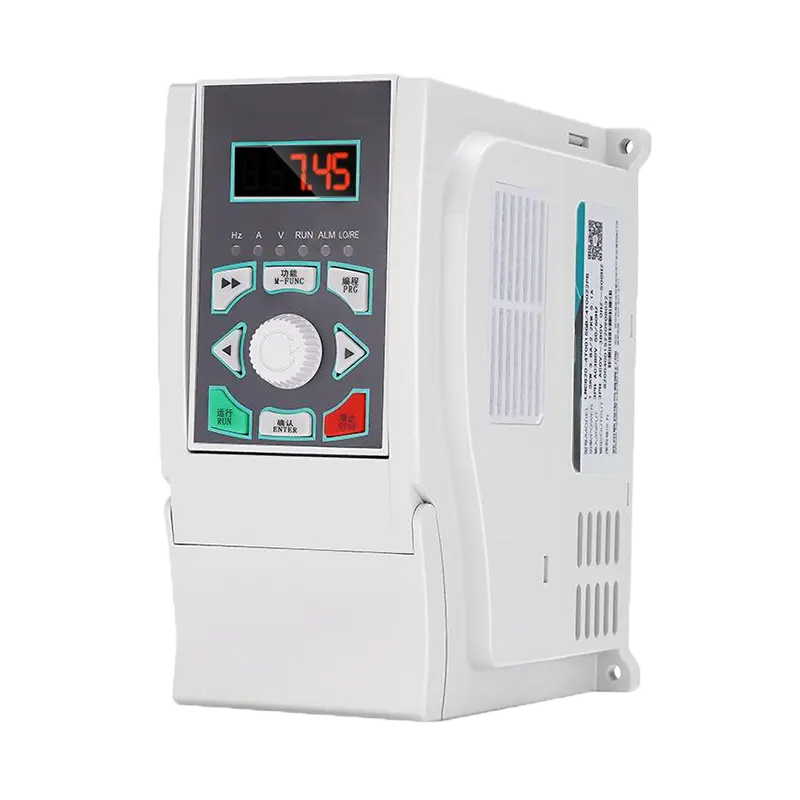
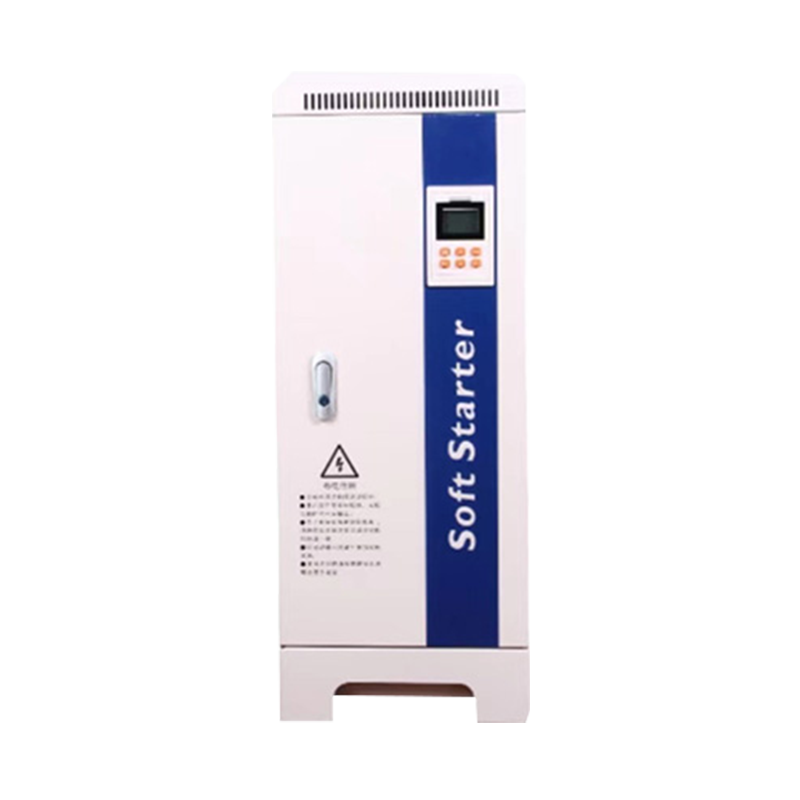
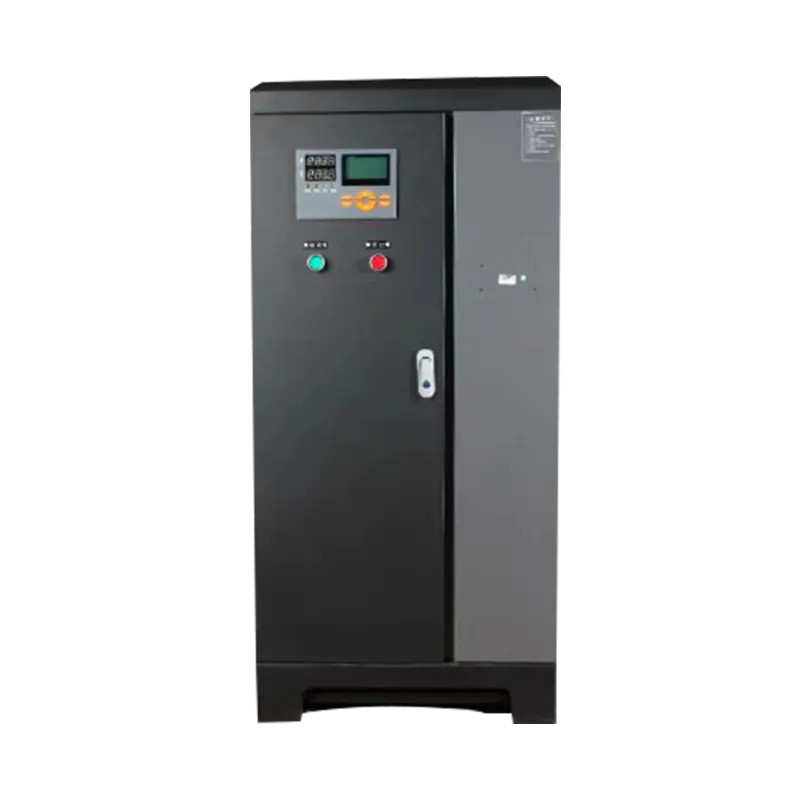

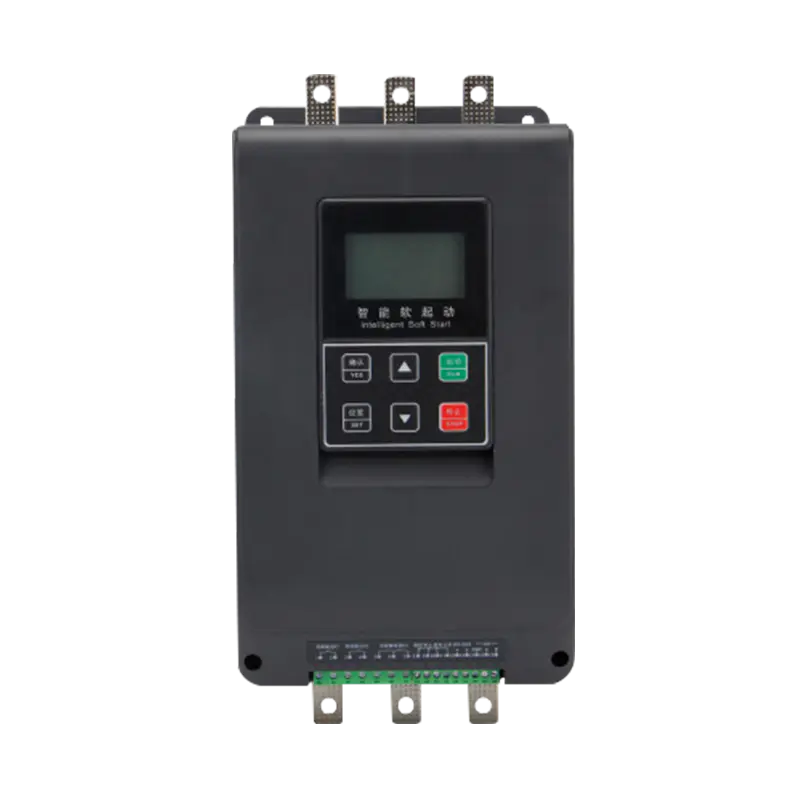

 浙公网安备33038202003754号
浙公网安备33038202003754号